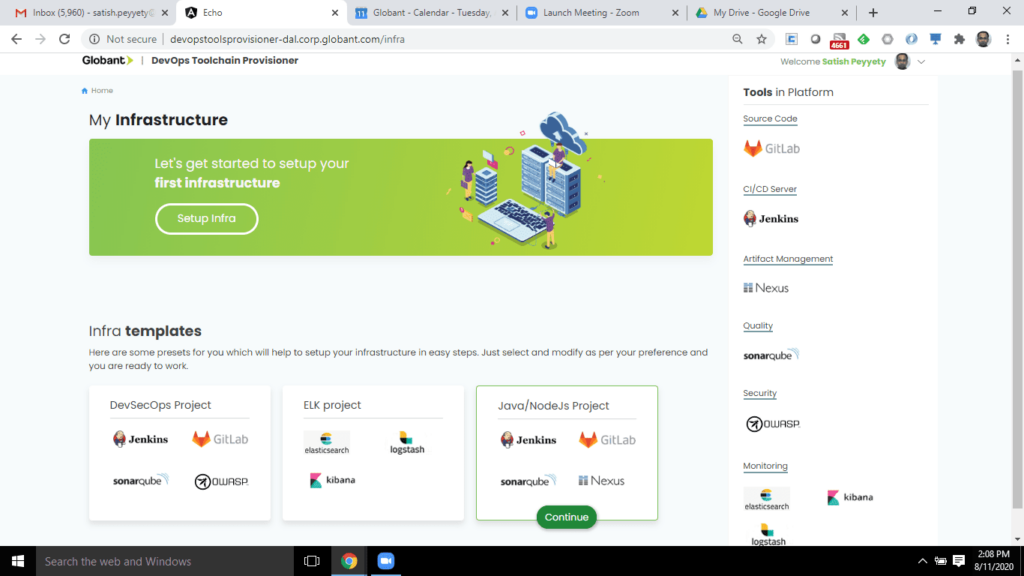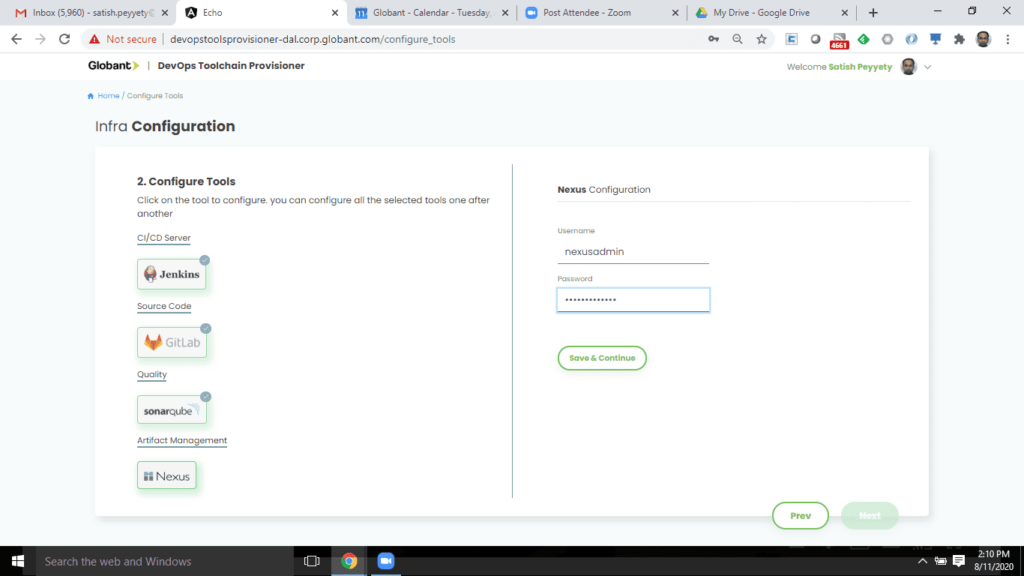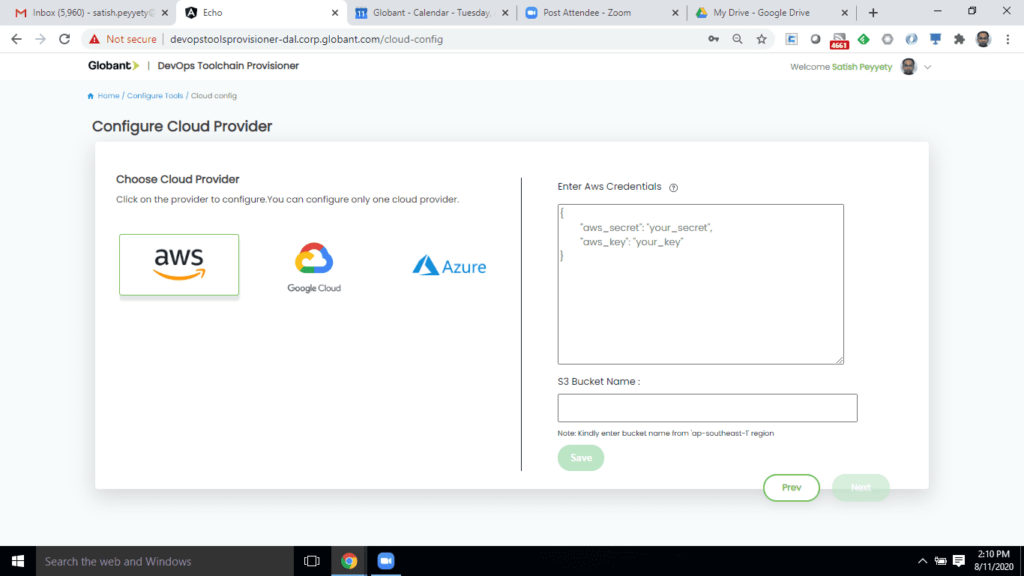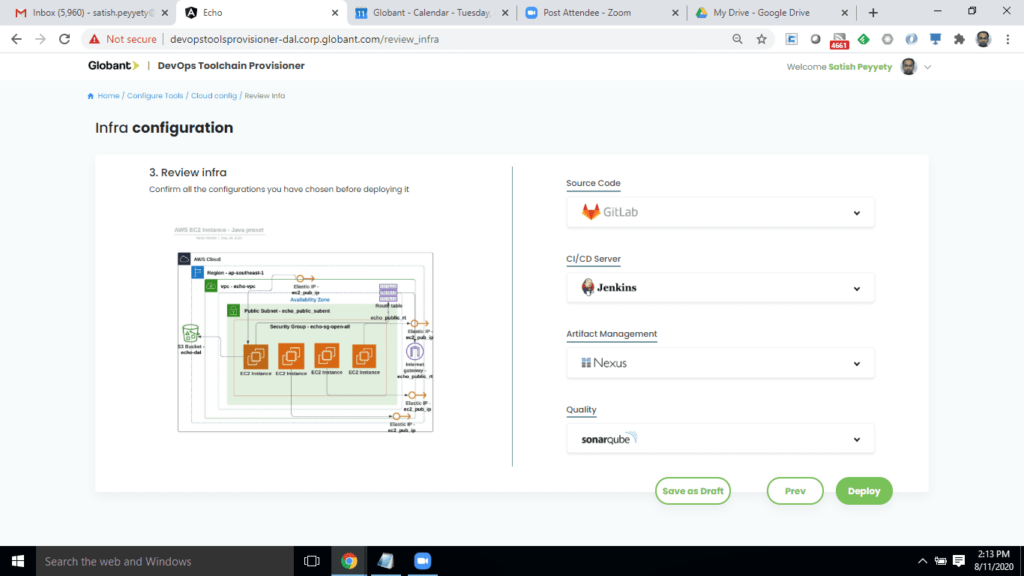In the era of fast changing customer preferences and technology, it is imperative for enterprises to deliver products and services faster and better than their competitors. DevOps, with its practices such as continuous integration and continuous development, as well as various tools, enable organisations to reduce their time to market and improve the stability of their software products.
The challenge of building a DevOps infrastructure
Most businesses have realised the importance of DevOps and adopted it to get their solutions faster to market. However building a DevOps infrastructure comes with its own set of challenges that can reduce the speed of implementation.
- Technology teams invest significant effort evaluating various DevOps tools and then installing and configuring the tools. The growth of DevOps and the upsurge of cloud-based services mean there are more and more tools available, which are themselves continuously evolving.
- Installation and configuration of these tools take considerable time because of their varying maturity and the learning curve involved. It is often difficult to find DevOps engineers experienced with such a broad range of tools. Implementation velocity is reduced further due to wait times to onboard highly skilled workers.
- Security is often missed or overlooked in implementations. It is not surprising to find tools working which still have their default credentials.
Many organisations, and even teams within the same organisation, spend efforts building similar DevOps infrastructures, each team building them independently. The expected outcome in each endeavour remains similar, but the productivity and velocity are reduced due to the learning curve and availability of resources. This inefficiency can be observed within a single organisation as well. Large organisations have fragmented teams working in silos, and sometimes have different teams going through the same learning curve – resulting in lost productivity.
Toolchains help tech teams get their DevOps infrastructure up and running quickly
The concept of a “toolchain” can address some of these challenges in enterprises. A DevOps toolchain is an amalgamation of tools used to deliver and maintain software products, where each tool fulfils a specific job.
DevOps teams can standardise and build pre-defined toolchains incorporating Devops and security best practices to improve the velocity of DevOps implementations. These toolchains reduce time to market by homogenizing DevOps implementations, enabling agile and rapid delivery of software products. With close integrations between the tools, a toolchain can manage the information flow across systems and processes, and enable teams to build the right performance metrics and dashboards.
A toolchain ensures a normalization of the entire DevOps implementation process leading to a healthy environment for overall business innovation. It also offers all the tools of automation and monitoring in one place and ensures that they do not overlap in their functionalities.
Globant’s DevOps Toolchain Provisioner: A dedicated toolchain to help enterprises
Here at Globant, we have built a tool, Toolchain Provisioner, to provision well-integrated and secure toolchains on public clouds (AWS, Azure or GCP) or on premise. Working with our clients, we decide on a cloud provider and DevOps toolchain, and are then able to deploy the DevOps infrastructure within minutes, thus accelerating the DevOps adoption process. This tool accelerates enterprise Development Operations adoption by provisioning DevOps infrastructure in minutes with great ease.
A developer, once logged in with their enterprise credentials, selects one of the existing toolchain templates and the target cloud provider to create the infrastructure so that they can focus on developing continuous integration/deployment pipelines within minutes utilising the out of box pipeline code templates. In addition, developers can select individual tools to create custom toolchain templates and save them for future reuse. The tool has an attractive dashboard to provide an insightful look at the progress of the infrastructure setup and it can be deployed on public cloud or on-premise in a client data center.
Step 1: User selects the right toolchain template

Step 2: User configures the parameters for each tool

Step 3: User selects the cloud provider and provides credentials

Step 4: User reviews the configuration before deploying the infrastructure

Key features of the product are:
- Standardised toolchains created based on experiences from multiple DevOps engagements. For example Java projects commonly use Jenkins, SonarQube and Nexus.
- Tools that are well-integrated and ready-to-use. These integrations result in quicker enablement mechanisms for quality gate reviews , reports and DevOps metrics.
- Toolchain includes pipeline as code, which we created based on best practices, and readily executes CI/CD pipelines in no time.
- The tool ensures that security is built into every part of the DevOps lifecycle. Security best practices are applied to DevOps tools and on the underlying infrastructure (VM).
- Last but not the least, the tool offers a user friendly interface, built with input from Globant’s UX experts.
The endeavour of building tools around the toolchain concept has to address various challenges, such as the evolution of tools, varying technology landscapes and disparate client preferences. However a successfully designed and developed toolchain provides the effect of the “Whole is greater than the sum of its parts”, amplifying the benefits many times over.




